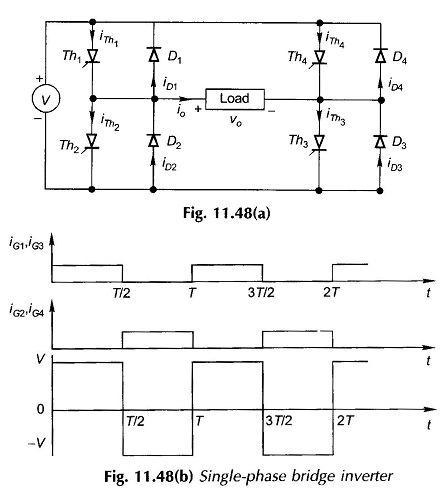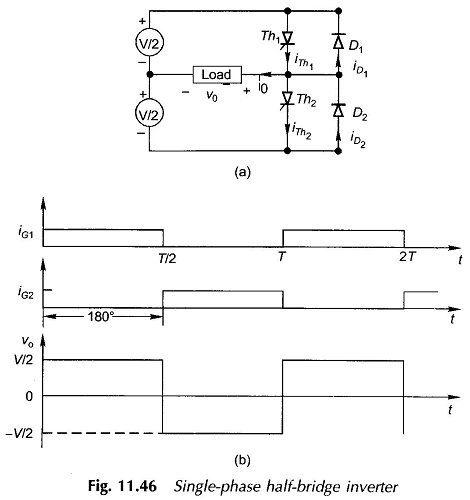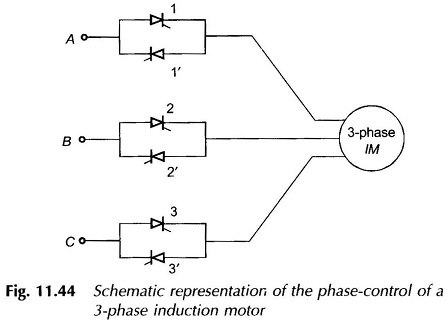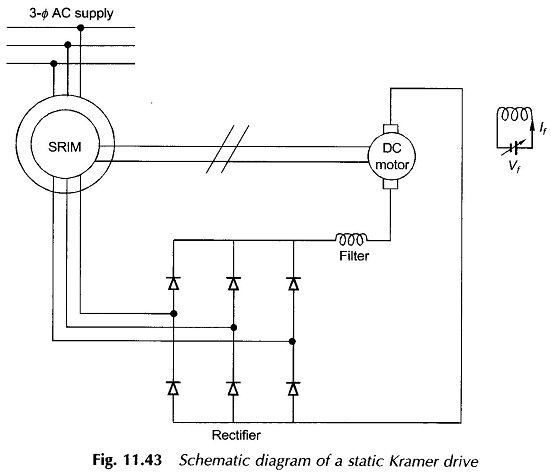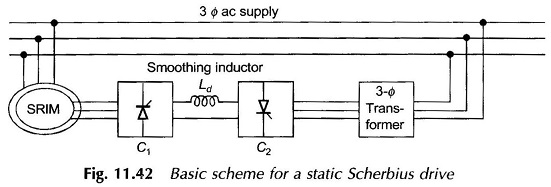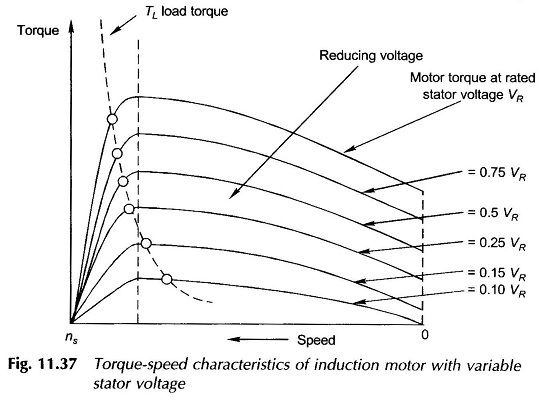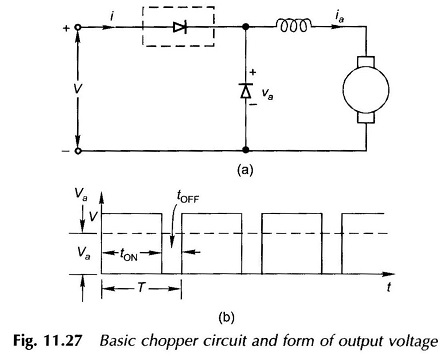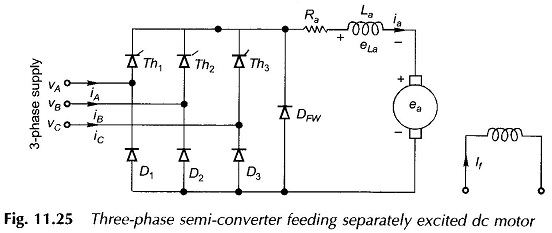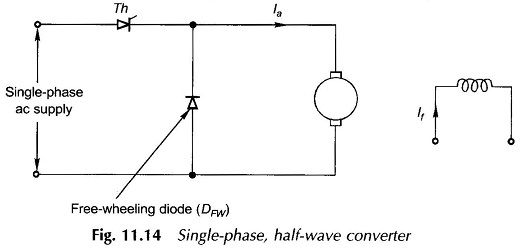Single Phase Bridge Inverter
Single Phase Bridge Inverter: A serious disadvantage of the half-Bridge Inverter of Fig. 11.46 is that it requires a 3-wire dc supply. This is overcome by the commonly employed Single Phase Bridge Inverter circuit of Fig. 11.48(a) which needs four thyristors and four free-wheeling diodes. The sequence of thyristor gating and the output waveforms are shown […]
Single Phase Bridge Inverter Read More »

